Ollas: responsible garden irrigation
Buried alongside plants, these irrigation pots act like underground water reservoirs. The porous terracotta distributes water gradually, giving plants just the right amount. Traditionally used in the open ground, this age-old irrigation technique ‑ gentle, ecological and self-sufficient ‑ is just as suitable for use in pots or vegetable planters, and more relevant than ever in terms of preserving water resources, particularly in times of drought.
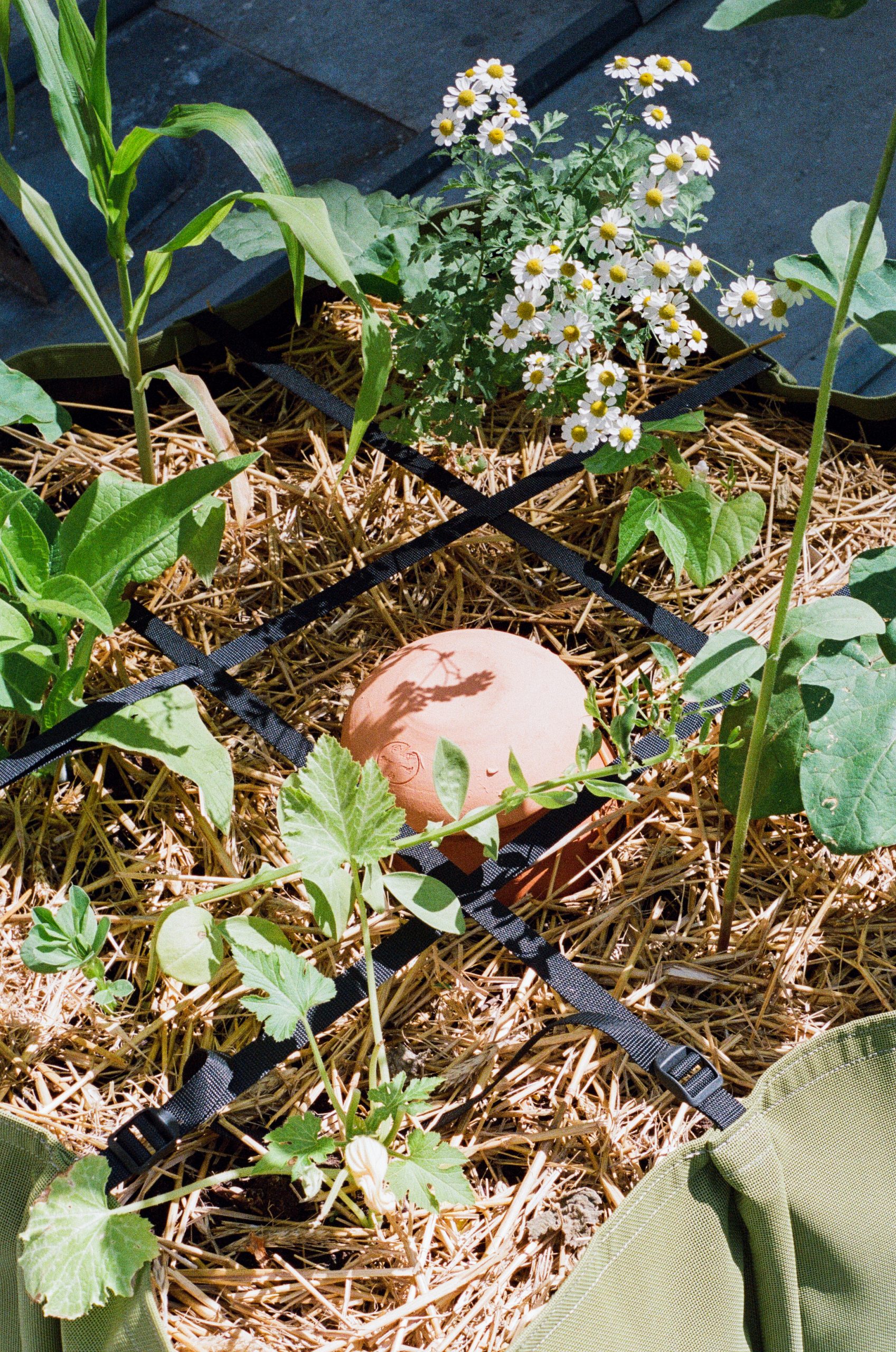
What is an olla pot?
Taken from the Latin aula which means "pot" thewords olla or oya refer to earthenware jars that are buried up to the neck and filled with water to irrigate nearby plants. The secret of their effectiveness lies in the porous nature of the clay used to make these underground irrigation pots. Turned by hand, they are fired at a low temperature (around 1000°C), without glaze or varnish, to preserve the porous nature of the material. This allows the water to be distributed gradually and freely in the soil, without excess.
At BACSAC®, we have chosen to distribute ollas from Poterie Jamet. These professional-quality pieces are made entirely by hand in their workshop in Loudun (in the Vienne department of France), the fruit of three generations of potters' craftsmanship.
Discover here Poterie Jamet's portrait.
Terracotta pots: an ancient irrigation technique
Irrigation using earthenware jars is an age-old technique used in arid and semi-arid regions around the world - such as Iran, India, Pakistan and certain African and Latin American countries - often on small farms. While its origins remain rather vague, and although it is likely that this technique was born during the rise of agriculture and the mastery of pottery in the Neolithic period, the first references to this irrigation technique were found in China, in an agricultural treatise written more than 2,000 years ago by agronomist Fan Sheng Zhi. Vestiges of it have also been found in the Mediterranean basin in the days of ancient Rome.
Described as "the best irrigation system in the world" by Australian Bill Mollisson - one of the founding fathers of permaculture - the use of ollas was revived in the 1970s with the development of permaculture practices aimed at promoting sustainable, regenerative and inclusive agriculture.
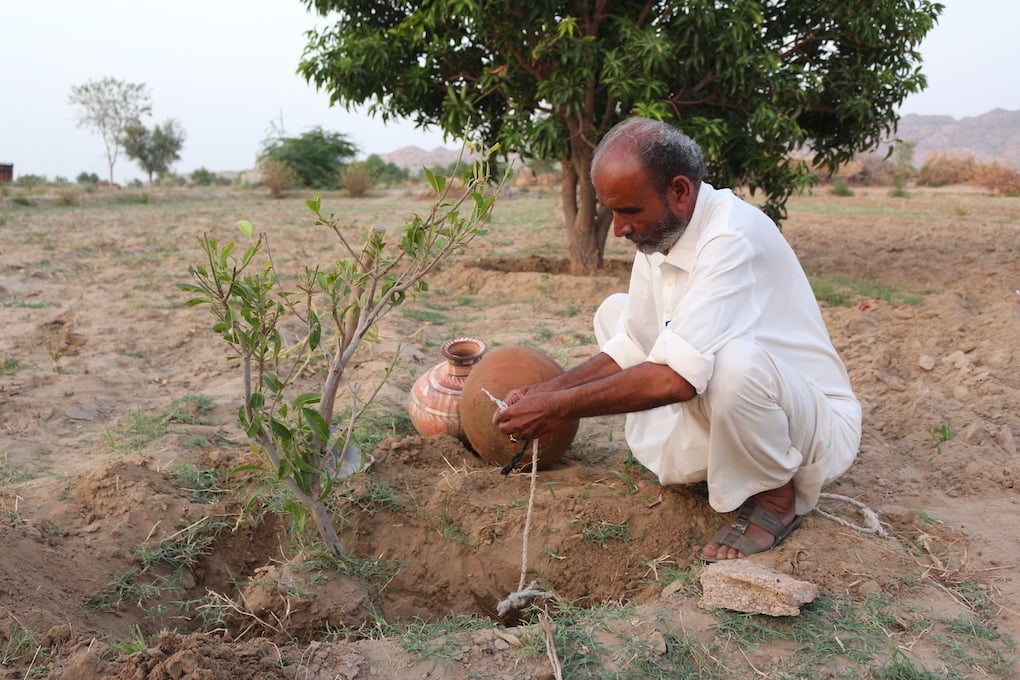
How do ollas work?
Once buried, ollas adapt to the conditions of their environment and maintain constant humidity in the soil surrounding their walls. The plants’ roots move closer to the damp area and draw in water to meet their needs, changing in turn the moisture content of the soil and affecting the rate at which the olla flows. The drier the soil, the greater the flow of water. Conversely, the more water-saturated the soil, the less water will flow. This slow, regulated technique allows plants to manage their own water needs, without excess or evaporation.
What are the main advantages of olla irrigation?
- Ollas are suitable for all types of plants (trees, shrubs, vegetables, herbs, ornamentals or exotic indoor plants), whether they are in the open ground or in pots or planters.
- Combined with mulching, the water contained in ollas moistens the soil without excess or evaporation. This means substantial water savings, ranging from 50 to 75% compared with other forms of irrigation that distribute water over the surface.
- Depending on its size and the type of soil and climate, an olla can provide irrigation autonomy ranging from a few days to several weeks. Watering is quicker, much less regular, and there are no time constraints.
- By maintaining a constant level of humidity, ollas help to improve the bacterial and biological life of the soil, avoid water stress for plants and enable their root systems to develop more deeply.
- Fewer fungal diseases, since the moisture is neither on the surface nor on the above-ground parts of the plants.
- Less tillage: since irrigation is underground, water no longer runs off the surface, limiting the germination of weeds.
Choosing the right olla

How to install your Olla?
- Dig a hole slightly larger than the volume of the olla. Water the hole and the soil around it to encourage water conductivity.
- Place the olla in the hole and bury it up to its neck. Fill with water and place the top over the opening.
- In addition, mulch the surface to limit evaporation and improve the olla's irrigation capacity.
- Monitor the speed at which the olla flows and make sure it doesn't run dry.
- If you want to apply fertiliser, pour it directly into the olla, diluting it with water.
- To protect against frost, it's best not to fill the olla when it's very cold, except for plants stored indoors for the winter.
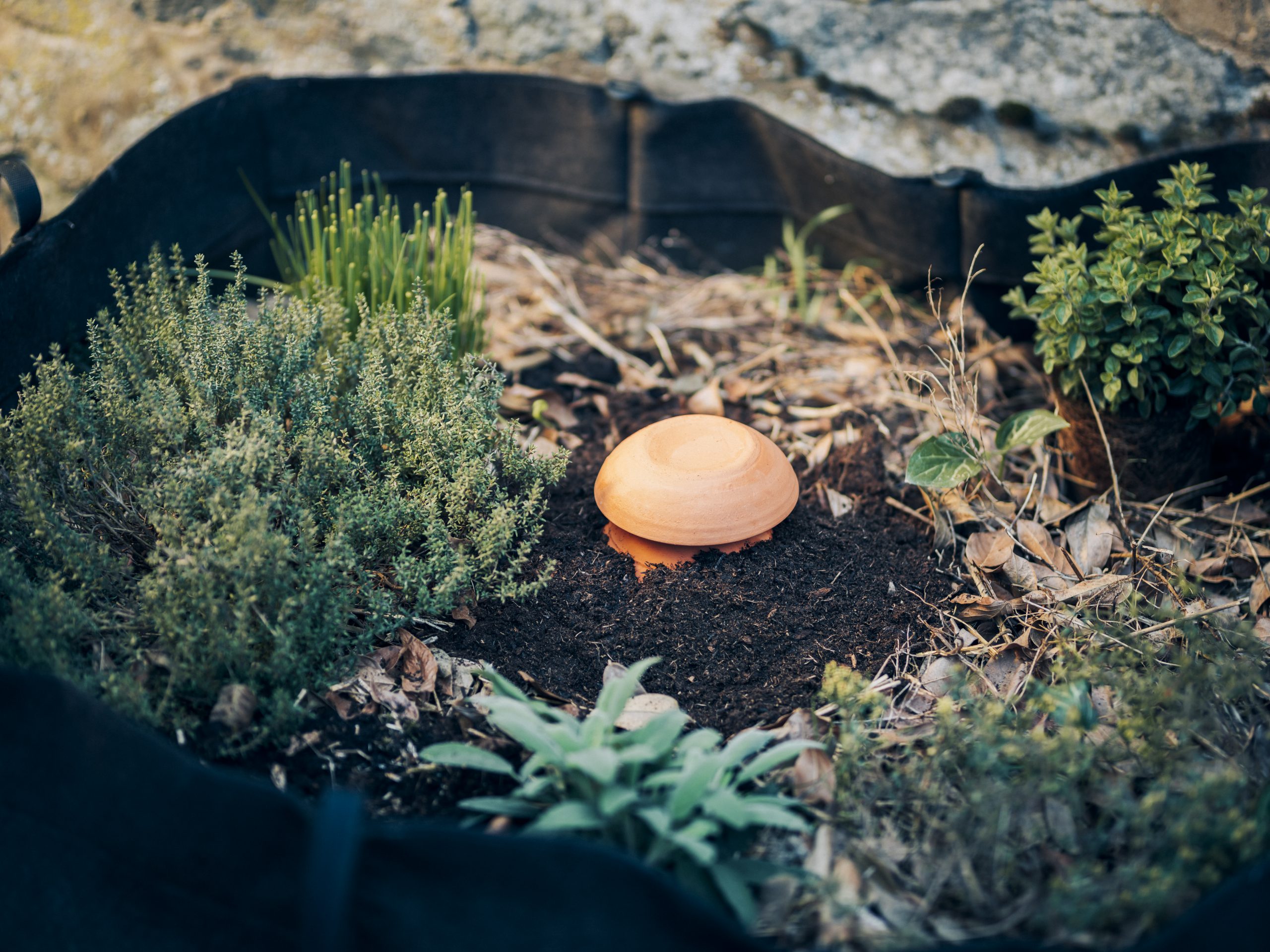
Using olla in the garden
In Quentin Travaillé's vegetable garden, founder of La Vie Partout (Hautes Pyrénées).
"I live in the Hautes-Pyrénées at an altitude of 700 meters and am lucky enough to have a large 300 square meter garden. I grow small fruits (blackcurrants, redcurrants, raspberries), all kinds of vegetables (peppers, tomatoes, carrots, cabbage) and a few fruit trees (apples, pears, plums, mirabelle plums) using permaculture. In the valley where I live, the soil is fairly silty, which is fortunate because it's ideal for growing crops. But my village has a microclimate, so we regularly have long periods of drought.
Par le passé, j’arrosais mon jardin quasi quotidiennement à l’arrosoir. Autant vous dire que mes bras le sentaient bien! Avec la sécheresse sévissant et les récentes restrictions d’arrosage en été, j’ai installé des ollas Jamet de 20 litres au centre de mes planches de culture, ainsi qu’un paillage épais afin de protéger le sol des rayons brûlants du soleil. À présent, je ne fais plus qu’un seul arrosage toutes les semaines, voire toutes les deux semaines. Cette technique s’avère particulièrement efficace pour mes cultures estivales de tomates, poivrons ou aubergines qui ont besoin de beaucoup d’eau pour fructifier. »
Using Olla in pots and vegetable planters
In a pot, window box or vegetable planter, the substrate tends to dry out more quickly because the soil temperature is higher than in the ground. Since their roots are unable to draw on underground resources when water is scarce, potted plants are more prone to water stress so they need more regular watering. On a balcony or terrace in the city, watering can be even more of a problem when you're away –especially during the summer – if you don't have an automatic drip irrigation system.
In addition to mulching, ollas are ideal for creating an underground reserve that will distribute water sparingly and freely in your pots, window boxes and vegetable planters. If you're away for a long time during the summer, you simply need to find some kind souls to come and fill them up every now and then!
To determine the size and number of Jamet Ollas to use for each model of BACSAC®container, see the table below:
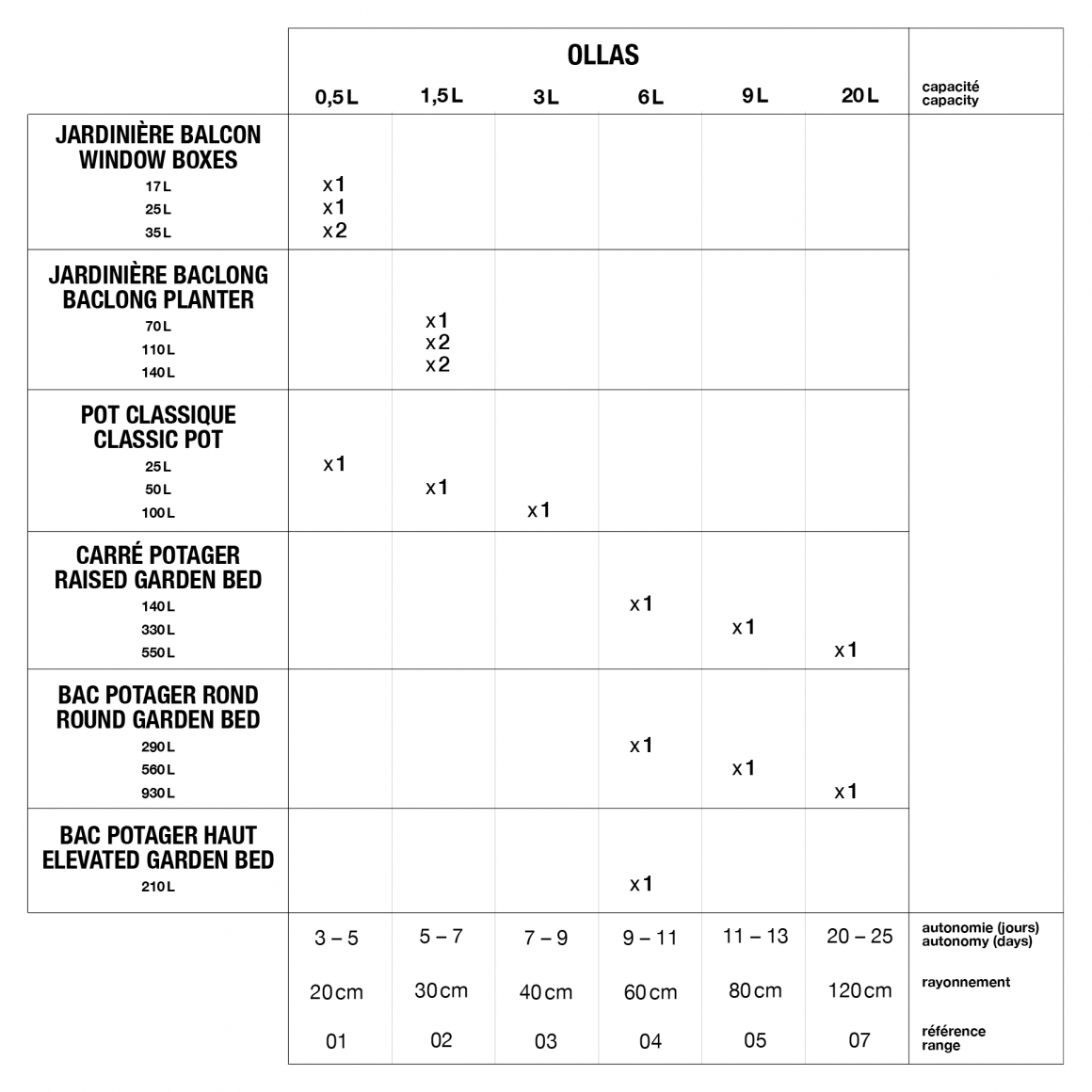

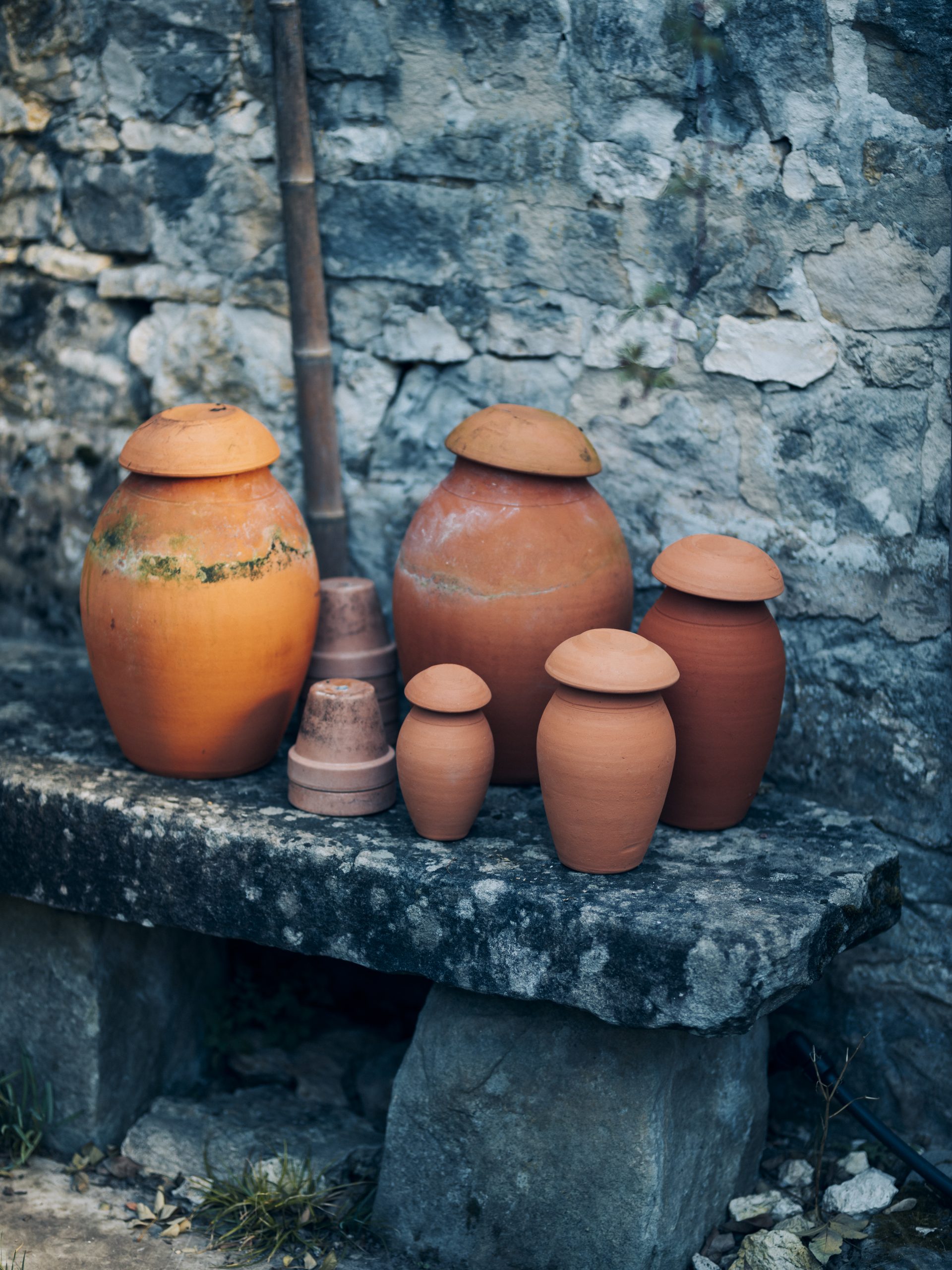

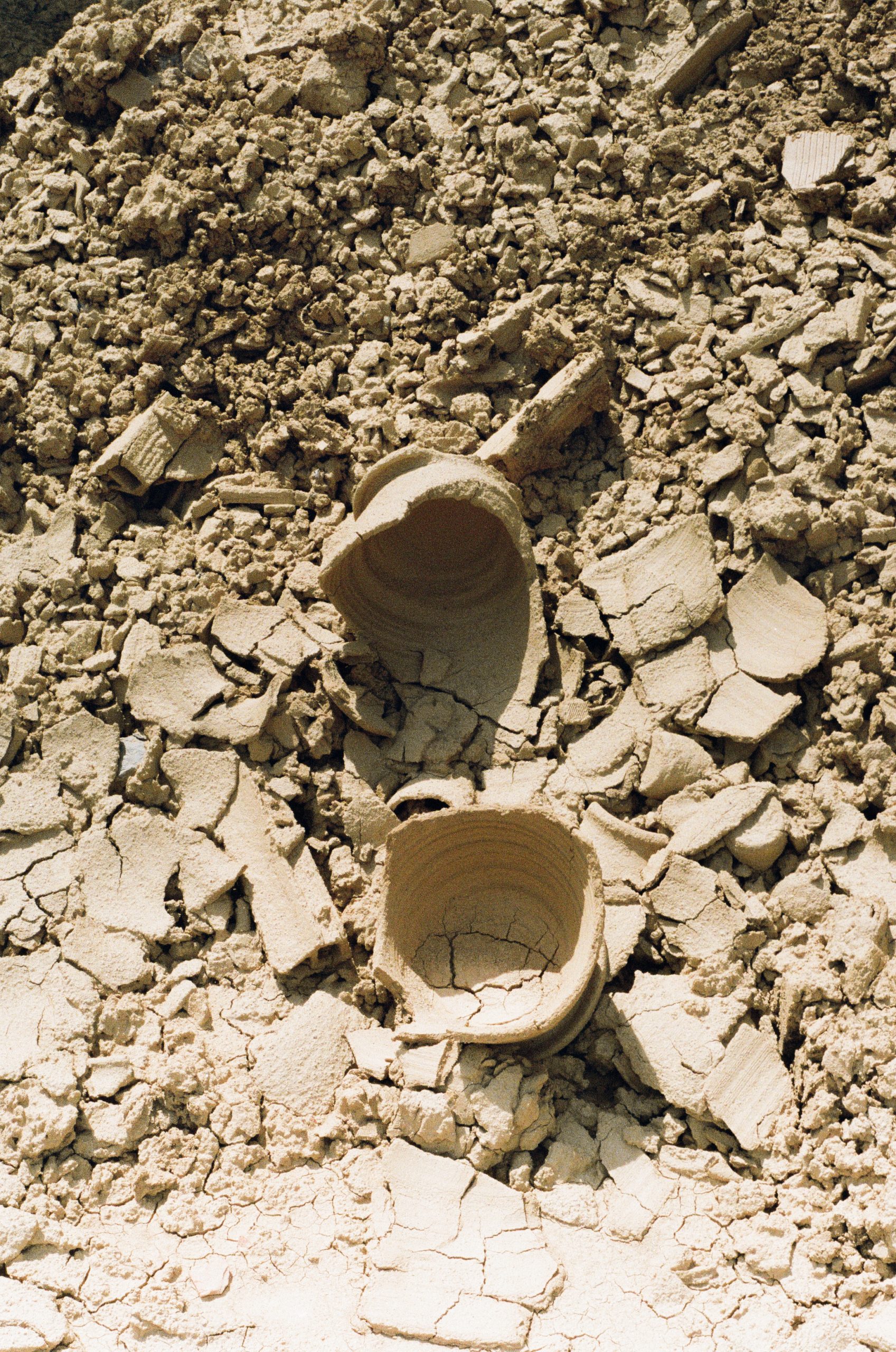

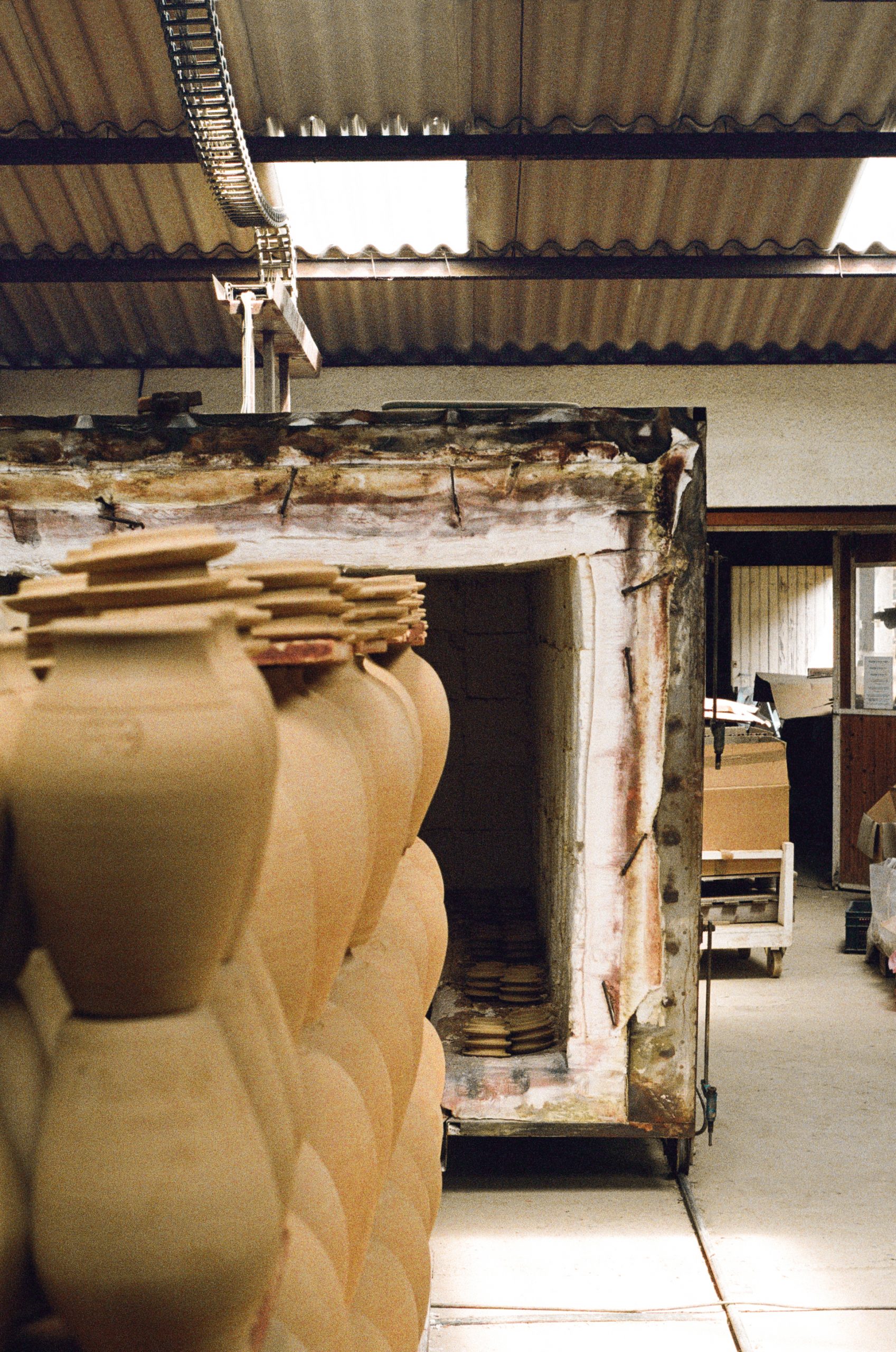
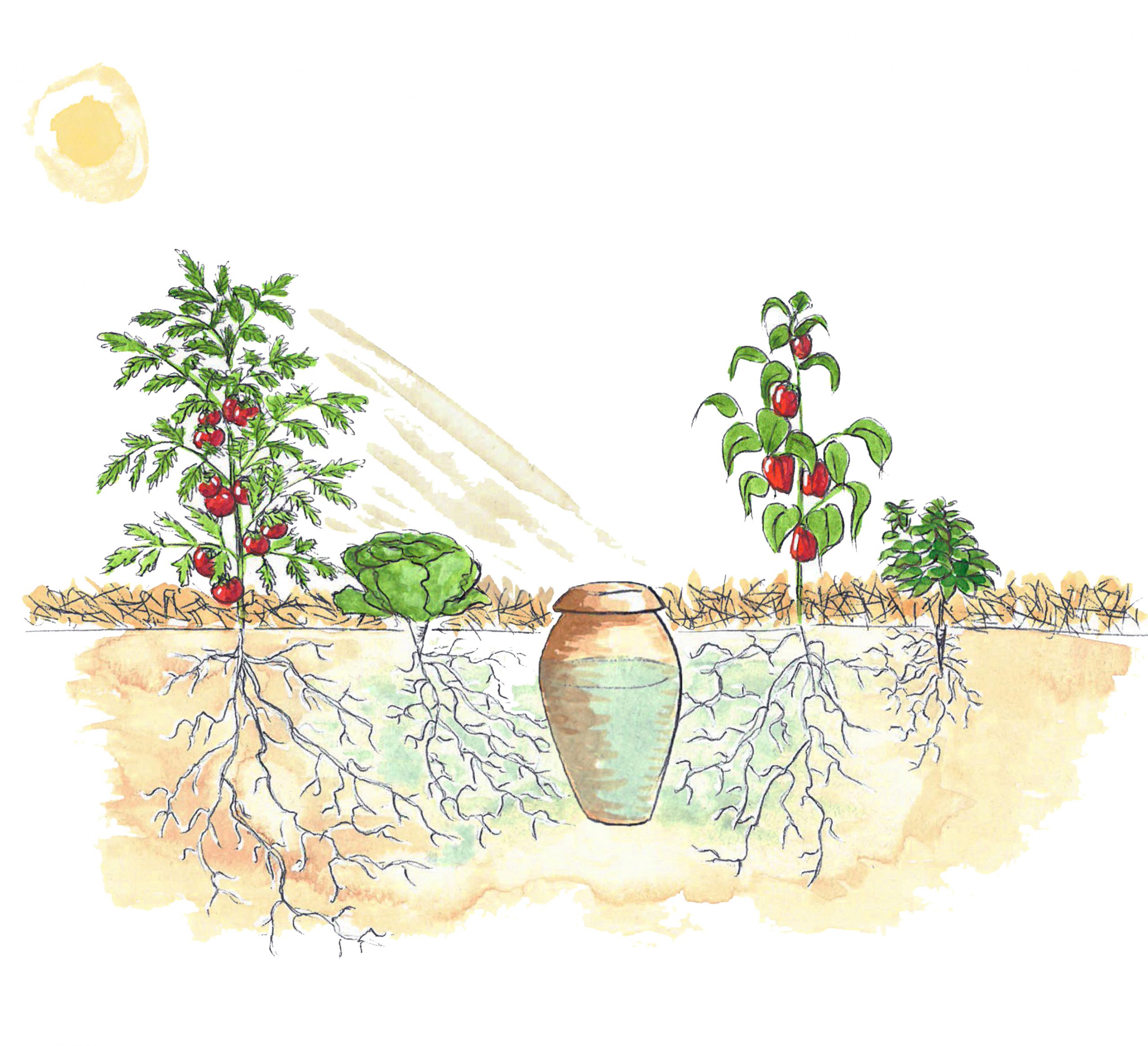
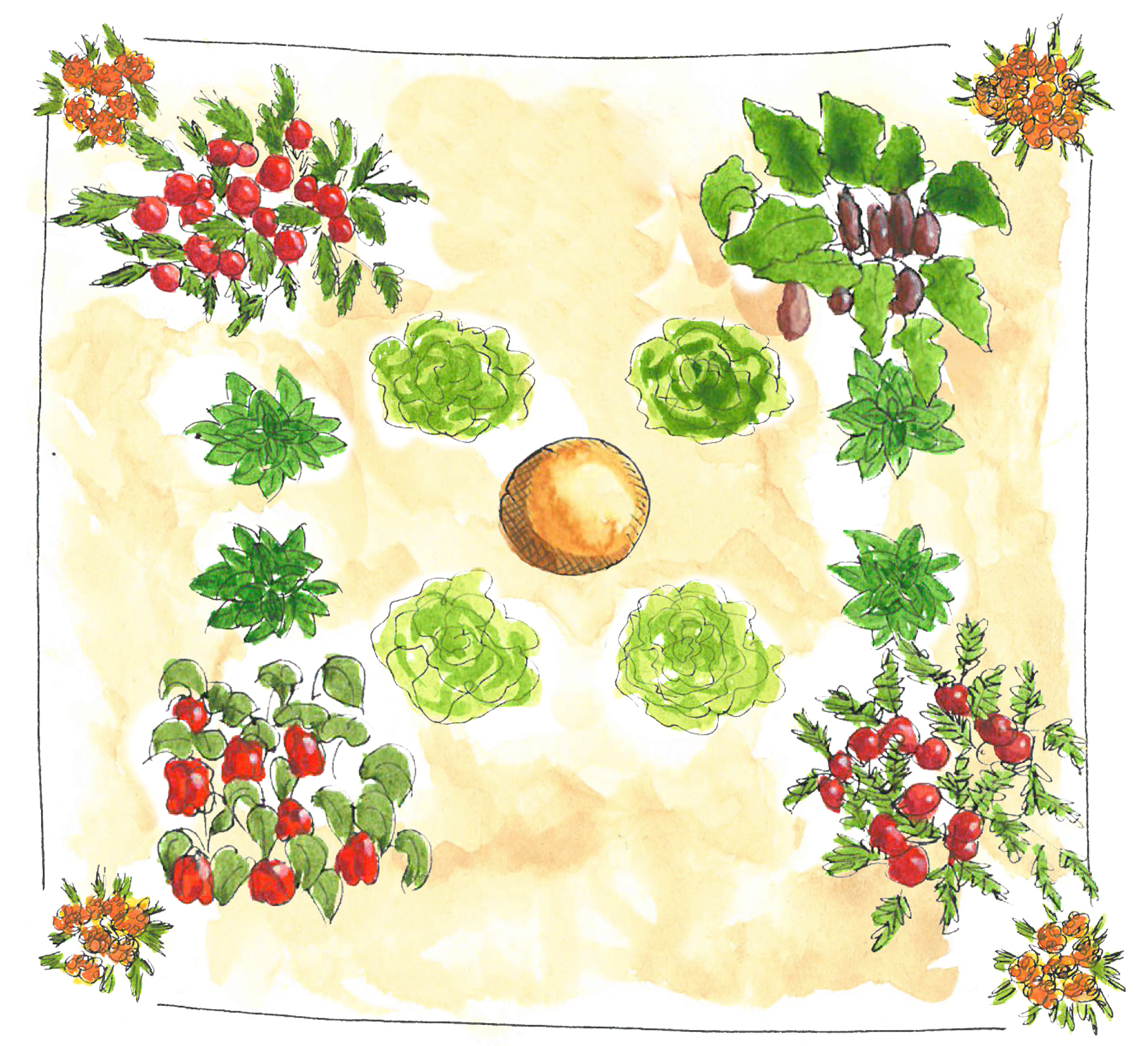
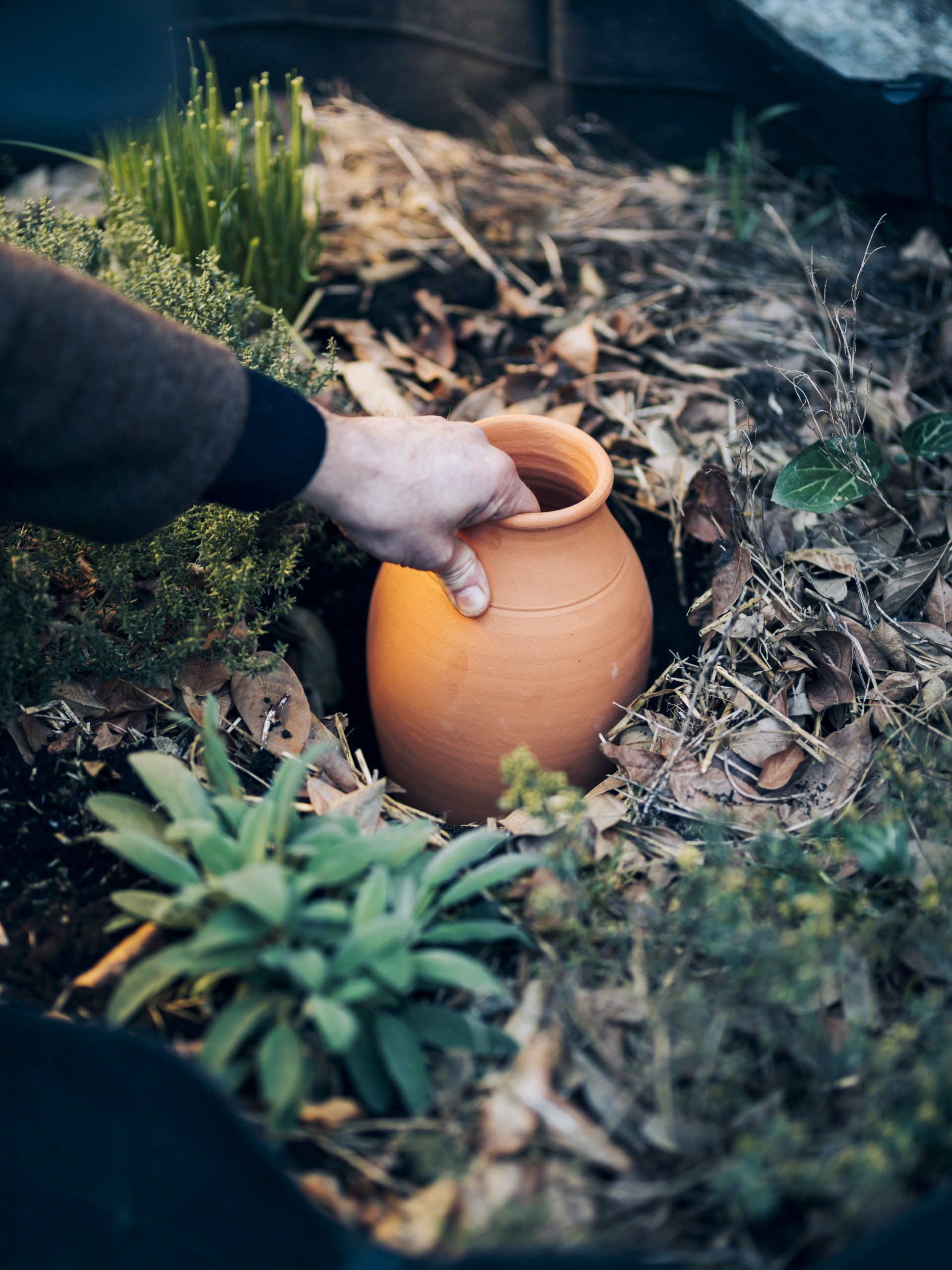
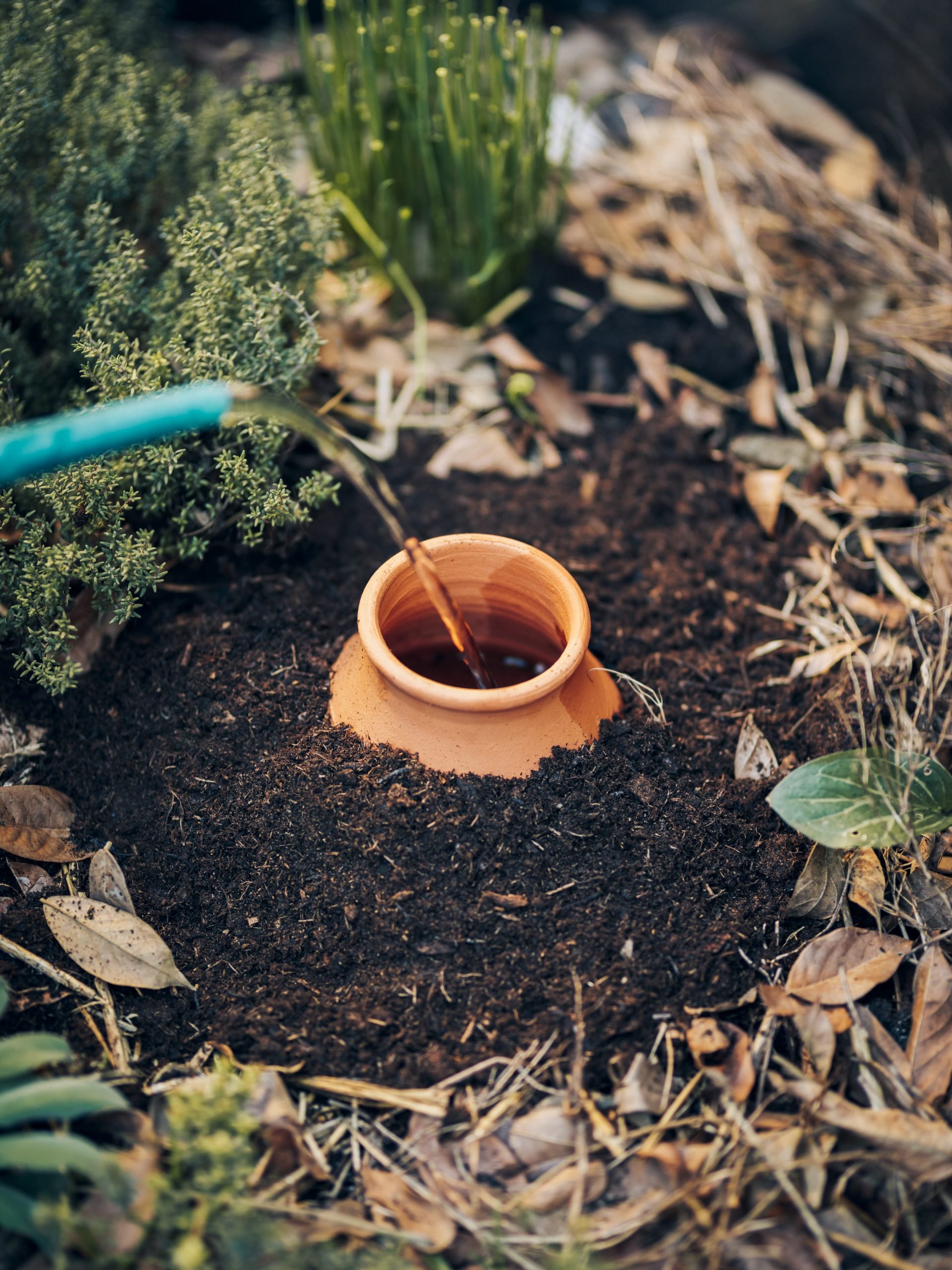
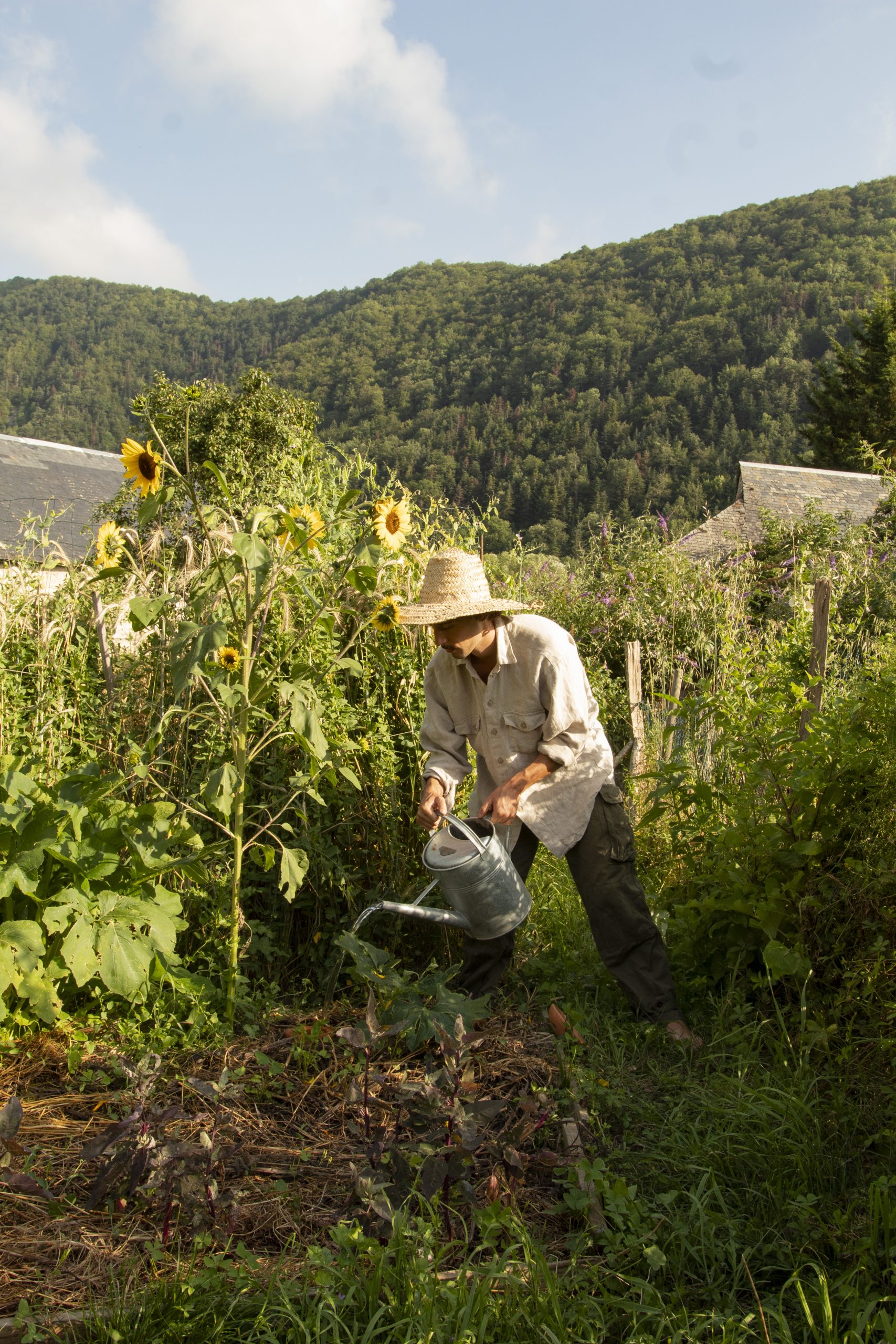
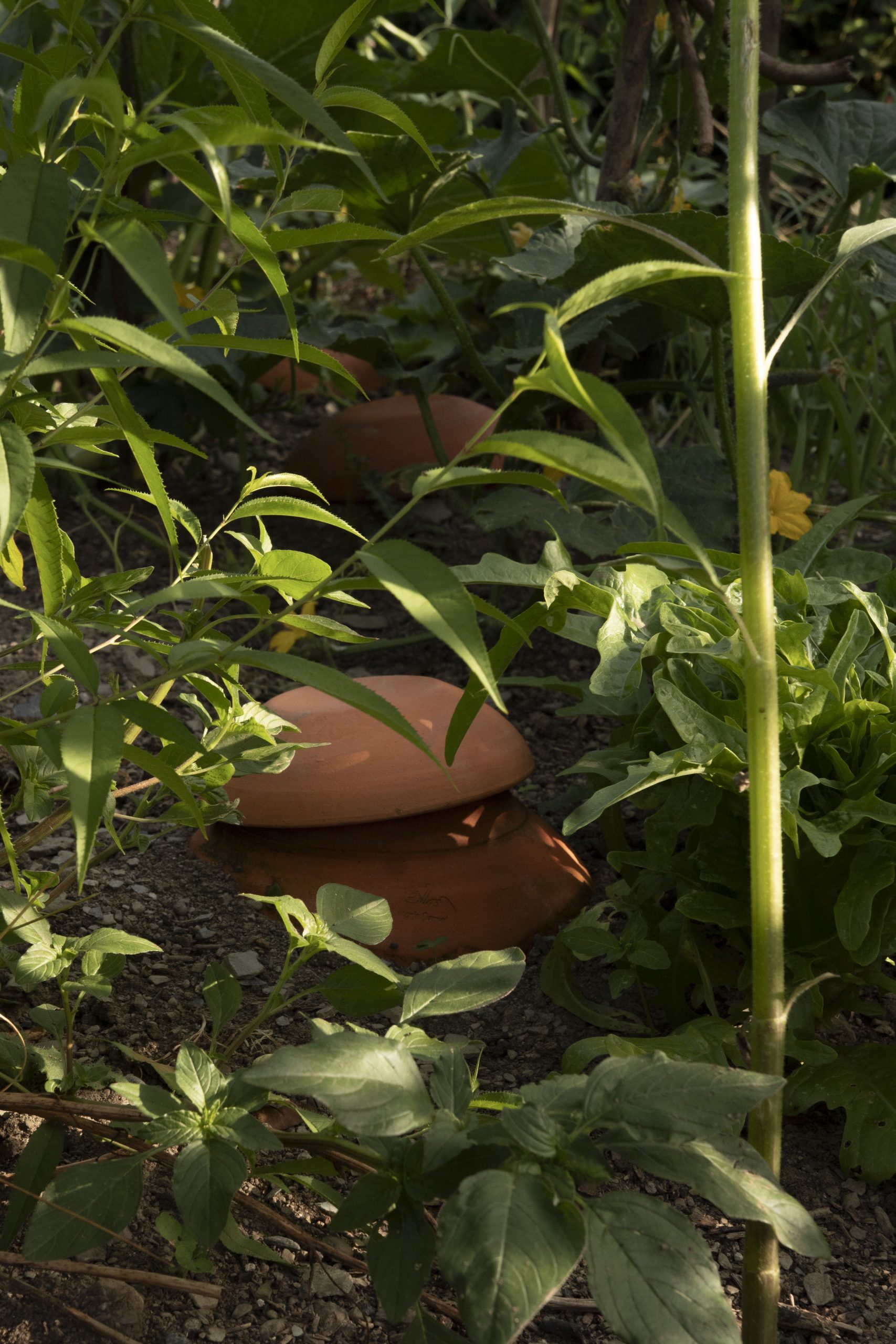

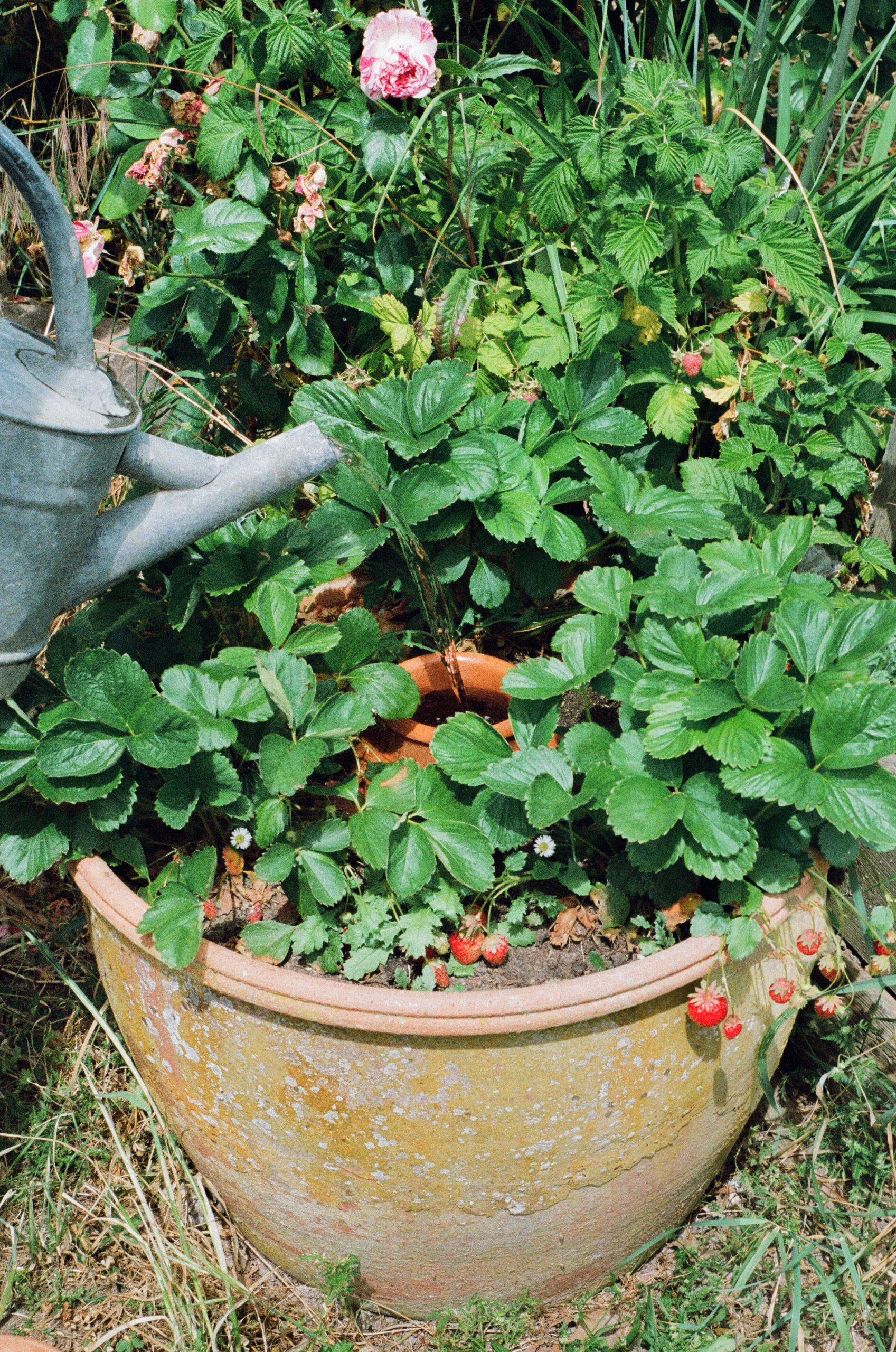



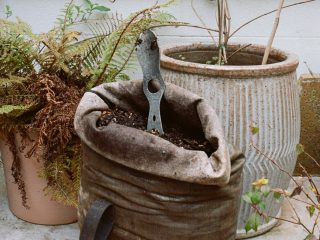
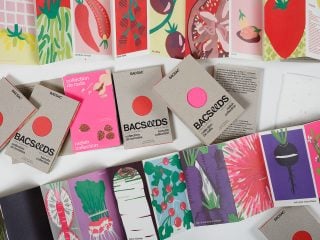
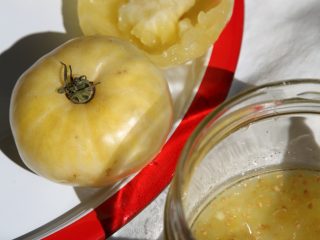


2 comments
Hello colleagues, its enormous pοst concerning cultureаnd completеly explained,
keep it up all the time.
Ꮋellߋ there! I just want to give you a huge thumbs up for yοur ցreat information yоᥙ have right here on this post.
I’ll be coming back to your blog for more soon.